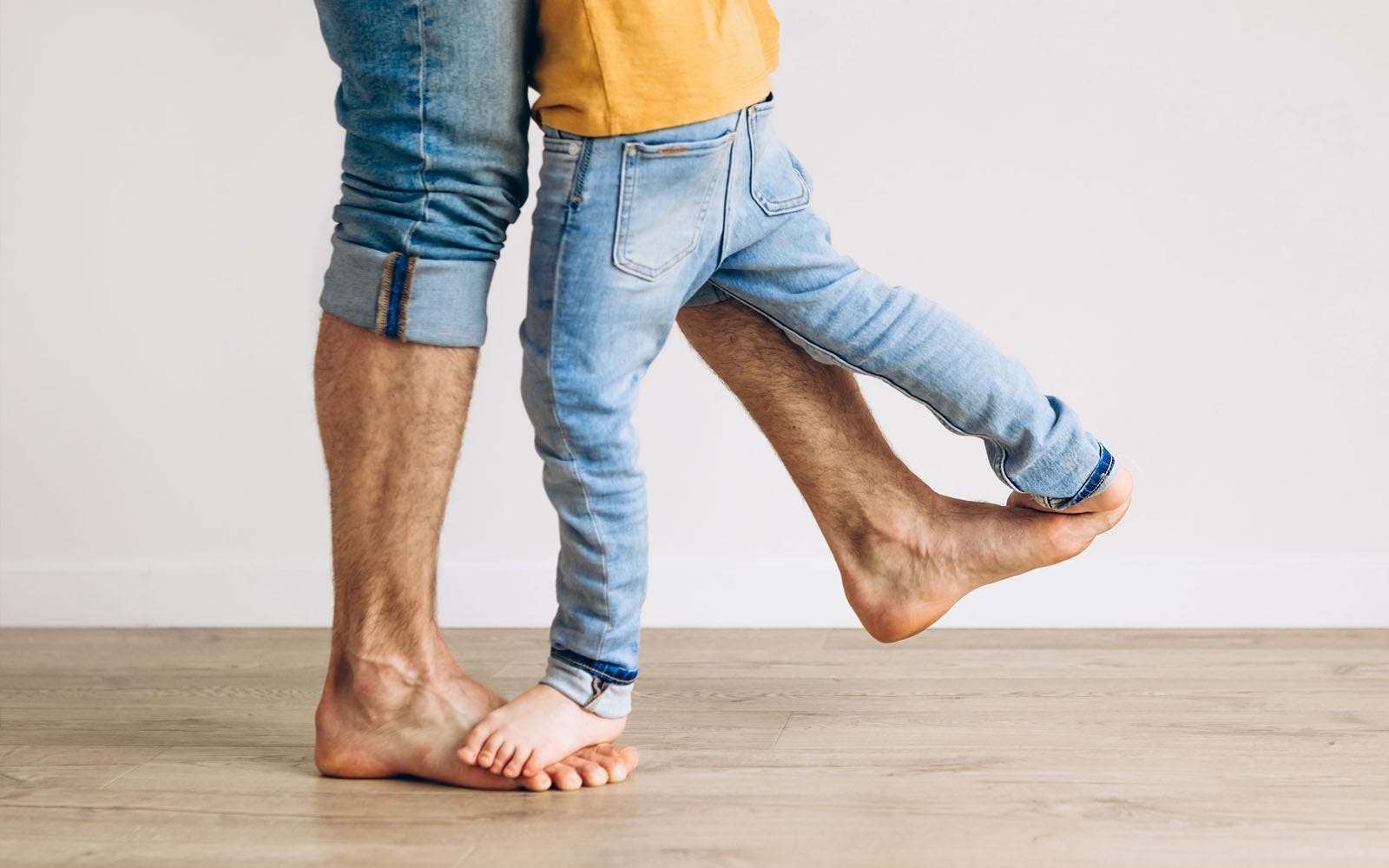Warts on your feet can be a source of discomfort and embarrassment. But more than that, warts can spread to other people’s feet. That's why it's crucial to understand what causes them, how to prevent them, and what treatment options are available.
This article aims to shed light on this common but often misunderstood condition, providing you with the knowledge you need to take care of your feet.
Warts are small, rough growths that can appear anywhere on the skin. They're caused by the human papillomavirus (HPV), a group of more than 100 different viruses. Different types of HPV are responsible for different kinds of warts.
What are Plantar Warts?
When we talk about ‘warts on feet’, we're often referring to a specific type of wart known as a plantar wart.
The term ‘plantar’ simply means that the wart is on the bottom of the foot. This is where plantar warts typically occur, although they can also appear on other parts of the foot.
Plantar warts are hard, grainy growths that usually appear on the heels or balls of your feet, areas that feel the most pressure. This pressure can also cause plantar warts to grow inward beneath a hard, thick layer of skin (callus).
They're common among adults and can also appear on children's feet, who are especially prone to warts. To learn more about warts and children, read our article, "Why do Kids get Warts?"
Plantar warts can be a nuisance, but they're generally harmless. However, they can cause discomfort or pain when you stand or walk. In some cases, they may also cause changes in gait or posture to relieve pain, which can lead to other issues like joint or muscle pain.
Causes of Warts on Feet
The primary cause of warts on feet, including plantar warts, is an infection with HPV. The virus enters your body through tiny cuts, breaks, or other weak spots on the bottom of your feet.
Most types of HPV are harmless, but a few strains can lead to warts on the feet. Once the virus has invaded your skin, it causes rapid growth of cells on the outer layer of your skin, leading to the formation of a wart.
Plantar warts are caused by HPV type 1, 2, 4, and 63, and they're often picked up in public places where people go barefoot, such as swimming pools or communal showers. The virus thrives in warm, moist environments, making these places a hotbed for HPV.
It's important to note that not everyone who comes into contact with these strains of HPV will develop warts. Your immune system usually produces antibodies to destroy the virus. It's when your immune system doesn't recognise the virus that the HPV can take hold and cause warts.
Certain factors can increase your risk of developing warts on your feet. These include:
Walking barefoot in public places: Places like gyms, swimming pools, or communal showers are common areas where the HPV virus thrives. Walking barefoot in these areas can increase your risk of picking up the virus and developing warts.
Having a weakened immune system: Individuals with weakened immune systems are more susceptible to infections, including those caused by HPV.
Being in close contact with someone who has a wart: HPV can spread through direct skin-to-skin contact. If a family member or friend has a wart, be careful about sharing personal items like towels or shoes.
Managing Warts on Feet
If you already have warts on your feet, it is advised to get prompt treatment to minimise the risks of untreated warts. Luckily, several effective wart treatment options are available.
Such options include over-the-counter solutions as well as medical procedures such as cryotherapy (freezing the wart), laser treatment, or surgery.
It's important to consult with a health professional to determine the best treatment option for you, especially if the wart is causing pain or discomfort or in a sensitive area.
For more information on treating plantar warts on feet, read our article, "Getting Rid of Plantar Warts for Good."
If you are unable to treat your warts immediately, you can still reduce the risk of spreading warts:
Do not pick at existing warts: When you pick at a wart, you can disrupt the surface of the wart and release the virus, which can then infect other areas of your skin. This can lead to the formation of new warts. Additionally, if you pick at or break the wart, you can create an open wound, which can become infected if bacteria enter the wound.
Cover existing warts: You can cover a wart with a simple adhesive bandage or plaster, which will reduce the chance of direct contact. It can also help to prevent irritation and damage to the wart that can occur from friction against clothing or other parts of the body. This can be particularly helpful for warts on the feet, which can become painful when walking or running if they are not protected. Be sure to change the bandage or plaster regularly and to clean the area thoroughly each time.
Be Proactive
Understanding what causes warts on feet is the first step towards prevention and effective treatment. By taking steps to protect your feet, you can reduce your risk of developing these unsightly and often uncomfortable growths.
Visit our products page to learn more about our wart treatments to remove warts easily at home.
Here's to happy, healthy feet!



